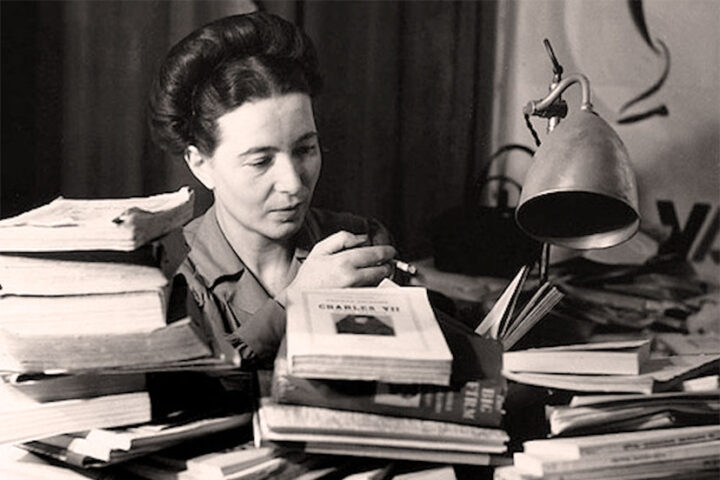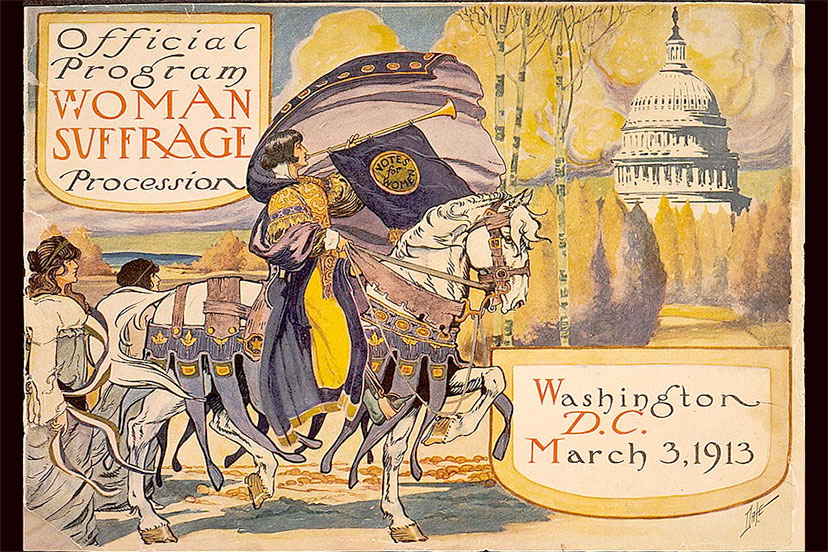According to [the psychoanalytic system developed by Alfred Alder] the human drama can be reduced to three elemental factors: in every individual there is a ‘will to power’, which, however, is accompanied by an ‘inferiority complex’; the resulting conflict leads the individual to employ a thousand ruses in a ‘flight from reality’ — a reality with which he fears he may not be able to cope…
— from ‘The Second Sex’ by Simone de Beauvoir, 1949, as translated by H. M. Parshley.
The Archuleta County Public Health Department Transitional Advisory Committee will meet this morning, Monday April 3, at 9am, at the County Administration Building located at 398 Lewis Street. The meeting may be broadcast via Zoom, depending on how well the internet is working this morning.
Public testimony will be allowed, in person, at the start of the meeting.
The Committee members have split up into subcommittees based on the “Five Foundational Public Health Services” established by the Colorado Department of Public Health & Environment (CDPHE). Committee members Kathy Campbell and Rhonda Webb will present research on ‘Access to and Linkage with Health Care’ and also on ‘Chronic Disease, Injury Prevention and Behavioral Health Promotion’. Andrea Phillips and Susanne Bryant will discuss ‘Environmental Public Health’.
The Committee members are Kathy Campbell, Sally Kennedy, Andrea Phillips, Rhonda Webb, Ashley Wilson, Susanne Bryant, John Ranson, and Mary Helminski. As we might notice, the Committee consists almost entirely of women.
The group has been given a certain amount of responsibility — to make recommendations concerning the structure of the County’s new Public Health Department — but does not actually have any decision-making power. Their work is limited to recommending ideas to our three County commissioners, Veronica Medina, Ronnie Maez and Warren Brown, who will presumably make the final decisions about the department’s governance structure. Colorado law requires the formation of a ‘Board of Health’ to guide the statutorily-required public health department; how that board is designed is presumably one of the matters on which the Transitional Advisory Committee will weigh in with its opinions.
At the last Committee meeting, two local women — Marybeth Snyder and Shalene Zarate — spoke during public comment and offered their recommendations to the Committee.
Over the past couple of years, I’ve been present at several Board of County Commissioner meetings when the San Juan Basin Public Health district made presentations to the commissioners. As I recall, all of the various presenters have been women.
Is there something about ‘public health’ that especially attracts interest from women… as opposed to men?
These past few days, I’ve been reading a book by existentialist philosopher Simone de Beauvoir: The Second Sex, originally published in France in 1949 as Le Deuxième Sexe. I’m reading it in an English translation first published in 1953.
Mme. de Beauvoir was seeking an explanation for why women — in Europe and in other places — had been treated for so long as ‘second-class’ citizens. She was also looking to ways to correct the inequality. Presumably, she was using the act of writing as her doorway into ‘understanding’.

When she wrote Le Deuxième Sexe, French women had won the right to vote and hold political office just five years earlier. The number of French women in elected office remained low for the next 50 years. In 1945, women represented 5% of National Assembly députés. In 1996, they still made up only 6% of députés, although they constituted 53% of the electorate.
Following the 1997 legislative elections, French women made up close to 11% of députés, but still only 5.9% of senators. This level of representation is below that of all other European countries (except Greece). Most Scandinavian countries, for example, have achieved significant female representation in parliaments, from 43% in Sweden to 35% in Iceland, and although Swiss women had to wait until 1971 to be allowed to vote, they now make up 23% of federal MPs. A large number of developing countries have also achieved a more balanced gender representation, from Mozambique and South Africa (30%) to Vietnam (26%) and China (22%).
According to the Center for American Women and Politics, as of 2023, exactly half (50%) of Colorado’s state legislators are women. Only Nevada has a higher percentage of women in its state legislature (62%).
Of course, being treated as ‘second-class citizens’ is not a situation faced exclusively by women. Political equality, and social equity, for many groups, has been a long and painful road — here in America, for example.
When the United States violently separated itself from Great Britain during the American Revolution, the new Constitution did not guarantee anyone’s right to vote. Voting rights were established by the individual state legislatures, or by state constitutions. Generally, states limited voting to property-owning or tax-paying white males — meaning that only about 6% of the U.S. population could vote.
However, some states allowed free Black males to vote, and New Jersey also included unmarried and widowed women, regardless of color. (Married women were not allowed to own property, so they could not meet the property qualifications.) New Jersey later withdrew the right to vote from all women and free Black males.
The last state to abolish property-ownership qualification was North Carolina, in 1856, but five states still limited voting to citizens who paid taxes. That is to say, poor people were not considered qualified to vote. The tax-paying requirement remained in Rhode Island and Pennsylvania into the 20th century.
Citizenship was guaranteed to all male persons born or naturalized in the United States by the Fourteenth Amendment, but various Jim Crow laws in the South effectively prevented Black citizens from voting.
In 1925, Alaska passed a ‘literacy test’ designed to disenfranchise Alaska Native voters, but finally ended the requirement in 1970. That same year, Colorado first granted Native Americans living on reservations the right to vote.
We’re going to be discussing a couple of important ideas in this editorial series: freedom, and power. And in particular, the peaceful transfer of power.
Some transfers of power are not peaceful.
Read Part Two…

